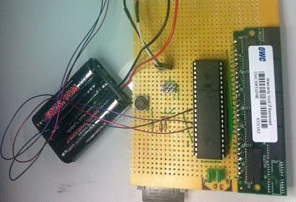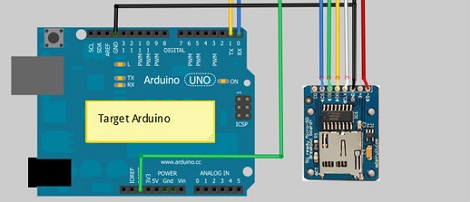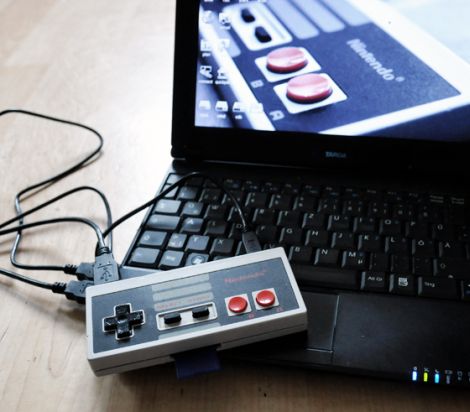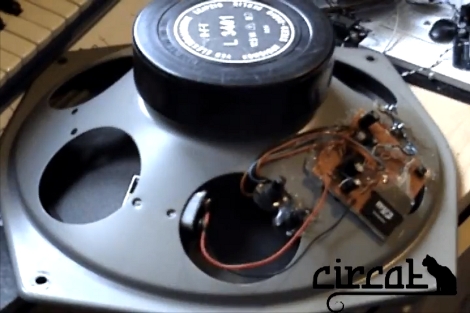Xbee sensors at Lowe’s?

Lowe’s, the home improvement big box store, is selling some home automation items which might be Xbee compatible. They’re being sold under the brand name Iris. There is some debate as to whether they’re Xbee, or just 802.15.4 hardware. Either way they might be worth checking out for your wireless projects.
Father sword replica from Conan the Barbarian

Sometimes its just fun to watch the master at work. In this case it’s a blacksmith replicating the sword from Conan the Barbarian. [via Reddit]
LG washing machine that phones home

LG has built an interesting troubleshooting feature into some of their washing machines. This video shows the encoded audio it will output if you use the right button combination. You’re supposed to hold your phone up to the machine while talking to customer service and they’ll be able to get some type of debugging information from the dial-up modem type of sounds. If you end up decoding this audio we want to know about it! [Thanks Pedro]
MicroSD card adapter for Raspberry Pi

[TopHatHacker] was surprised to see a full-sized SD card slot on the Raspberry Pi. His temporary solution to get his microSD card working was to uses a miniSD adapter. He cut away the case and bent the pins until they lined up with the microSD card.
Batman’s cowl for retro motorcycle enthusiasts

Okay, we think this Batman cowl in the style of 1950’s motorcycle garb is pretty cool. Just realize that if you’re seen wearing this you will be thought of as one of the crazy guys in town. [via BoingBoing]
















